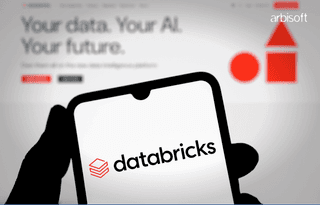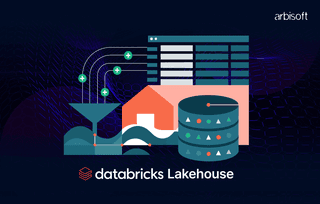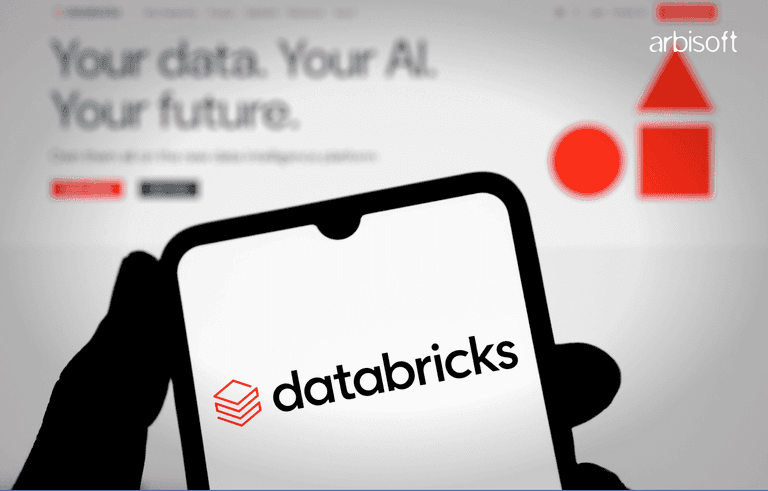We put excellence, value and quality above all - and it shows




A Technology Partnership That Goes Beyond Code

“Arbisoft has been my most trusted technology partner for now over 15 years. Arbisoft has very unique methods of recruiting and training, and the results demonstrate that. They have great teams, great positive attitudes and great communication.”
Behavior-Driven Development (BDD) and Its Expanding Role in QA Practices

In the technologically revolving area of software development, releasing quality products and services efficiently is crucial, and many organizations rely on software development services to achieve this goal. Such an approach has gained much popularity among the methodologies intended to achieve this Behavior-Driven Development (BDD) objective. BDD aligns stakeholders and QAs with the development process and readily integrates QA with it.
Now, let’s consider what BDD is and how it is changing the approach to QA.
What is Behavior-Driven Development (BDD)?
Behavior Development is a technique used in software development that provides a precise collaboration of the behavior of an application in a simple and natural language. Such behavior definitions, usually described in Gherkin format, serve as the primary reference for every developer, tester, and other project parties.
Why BDD?
Clarity: BDD creates a clear perspective for all who care about what goes on with the software. Finally, no more messes with technical terms!
Collaboration: It encourages teamwork. All team members and stakeholders can work together in a team to create a better product.
Less Bugs: This way, we state how the software should work, and therefore, when this model is followed, fewer bugs are found.
The Three Amigos
In BDD, we talk about Three Amigos—a developer, a tester, and a PO or BA. Together, they develop a document they call ‘user stories.’ These stories show how the software is expected to function from the user’s perspective.
Here is an example of BDD:
Feature: Search A Flight
Scenario: Search a flight from Lahore to Dubai
Given the user is on kayak.com website
When the user enters travel details (To and From airports) and dates
And the user clicks the search icon
Then the user is redirected to a result page with available flights
This format makes communication clear and coherent with all the team members.
BDD vs. Acceptance Criteria
Acceptance criteria and behavior-driven development (BDD) aren’t the same, but they are two processes that are very much related to the software development life cycle. Here’s a comparison between the two, along with the examples:
BDD Scenario
Purpose: Behaviour-driven Development is all about identifying and capturing, from the user’s perspective, how the developed software should behave. This working model encourages developers, testers, the program, and other non-technical team members by reducing the complexity of behavior descriptions to simple layman’s language.
Language: BDD uses a simple language structure marked by Gherkin language, which employs phrases such as ‘Given,’ ‘When,’ and ‘Then’ to describe behaviors.
Scope: BDD includes epic behavior and narrative to outline all the actions of a feature or an application.
Example of BDD
Feature: Book A Flight
Scenario: Book a flight from ABC to XYZ
Given the user is on kayak.com website
And the user searched for available flights
When the user picks a flight to book
And the user add traveler & payments details
Then the flight is booked for the provided details
Acceptance Criteria
1. Purpose: Acceptance criteria are defined to be fulfilled to consider a user story or a feature done and accepted by the product owner or other stakeholders. These can be used as a checklist so that the developing software conforms to the required functionality.
2. Language: Acceptance criteria can be very simple and written informally, but they are not written in a structured manner like BDD uses.
3. Scope: Acceptance criteria are usually narrower and more specific, defining single functions or states that must be achieved.
Example of Acceptance Criteria
Here is the acceptance criteria for above-mentioned story:
- The user must see all available flights from Lahore to Dubai.
- The user must be able to select a flight for booking.
- The user must be able to add traveler & payments details for selected flight.
- The flight must be booked for given travelers details.
How BDD Enhances QA Practices
1. Collaboration and Communication: As mentioned above, BDD improves collaboration as all stakeholders co-create requirements specifying application behavior. QA teams, developers, and business analysts often collaborate to set up test scenarios based on business requirements.
2. Risk Identification: When QA teams first define Behaviors in the context of development, they are notified of existing or potential issues, such as a lack of clarity in requirements. Since this approach is expensive, it prevents such changes from being implemented later in the development cycle.
3. Test Automation: BDD works harmoniously with test automation frameworks like Cucumber, SpecFlow, and Behave. An interesting characteristic is that the human-readable test scenarios are executable test cases, which helps minimize the redundant work when running test cases/scenarios.
4. Better Test Coverage: BDD uses specific terms, such as user Behaviors, that promote more comprehensive testing and align well with quality assurance testing services. This helps to cover all the outcomes, including those at the extremities of the program, hence developing more reliable applications.
5. Continuous Feedback: BDD tests run as part of the CI/CD process and give feedback on code changes almost instantly. These are in a continuous feedback form and, thus, enhance the rate at which defects are identified and fixed.
Important Tools Used for BDD in QA
1. Cucumber: A cross-platform BDD tool, Cucumber lets you write your test scenarios in Gherkin and execute them in one or several programming languages.
2. SpecFlow: Solely designed for .NET applications, SpecFlow natively brings BDD into the .NET space.
3. Behave: A behavioral Development toolbox written in Python, Behave is easy to use but very robust for handling Gherkin-style scenarios.
4. Jbehave: A BDD tool solely built for Java, JBehave offers a widened opportunity to perform BDD and fits well into Java’s tools.
Best Practices for Implementing BDD in QA
1. Engage Stakeholders Early: Business analysts, developers, and QA should collaborate to define the behaviors right from the start.
2. Focus on Clear Scenarios: Explain observations clearly and concisely that solely describe one specific behavior.
3. Automate Strategically: Automate the tests that offer the most potential benefit, normally regression tests and selected critical user scenarios.
4. Leverage Version Control: To ensure consistency in the items added, store feature files in a version control system to track the changes made.
5. Adopt CI/CD Pipelines: Incorporating BDD tests in the CI/CD process, alongside devops services, ensures the application exhibits the right behaviors at the right time.
The Growing Significance of BDD in Present-Day QA Framework
BDD plays a key role in changing the course of the evolution that QA is undergoing from a testing focal point to a quality focal point. Here’s how:
1. Shift-Left Testing: BDD perfectly lies in the shift-left testing paradigm and incorporates QA efforts as early as possible in the development life cycle.
2. Enhanced Agile Adoption: Agile methodologies are widely adopted, and BDD discovers nice synergy with Agile teams due to its focus on collaboration and iteration.
3. Increased Business Alignment: By describing Behaviors using plain language, BDD allows the development process to reflect the business objectives.
4. Scalability in Testing: Automated BDD tests, for instance, can help QA teams multiply testing and handle large volumes when application complexity is high, as well as frequently release new versions.
Conclusion
Behavior-driven development is a process and a culture of uniting a team to provide good software. Implementing BDD in organizations can improve the interaction between QA and other stakeholders, increase the amount of coverage, and ensure a faster delivery rate. Thus, it will be seen that as the software space grows more intricate, BDD becomes an increasingly vital aspect of current QA methodologies.
























